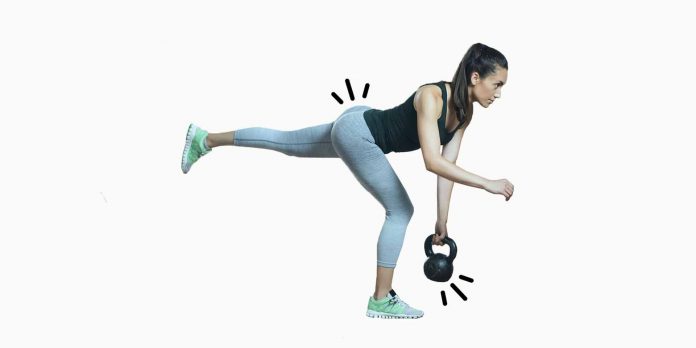Table of Contents
When it comes to getting into shape, it’s easy to come up with excuses. You are too busy, too tired; you have to get up early tomorrow, whatever. But you must be honest with yourself. In most cases, you could make it to the gym; you are simply making bad choices. Part of this is willpower, and part of it is setting proper goals based on efficient systems.
Setting Fitness Goals
The first step toward getting fit and healthy is setting proper goals. Many people are familiar with the tragic tale of the eager New Year’s resolutioner who said, “now I’m going to,” and who went hard for a few days only to taper off and eventually give up. Come February; it seems the vast majority of resolutioners have given up or given in. And, unfortunately, this happens more than just at the beginning of the year.
So are people just weak-minded and incapable of sticking to commitments? Sometimes yes, and sometimes no. The fact of the matter is that often the people with the strongest will power are those disciplined enough to create personal environments where they only occasionally need to use it. What that means is, for example, rather than relying on your willpower to constantly not eat the sugar or unhealthy foods in your house, you simply shop for better, healthier foods and get rid of the bad stuff.
Another area where this applies is to your workouts. There are countless variations of no excuses workouts you can do from simply jogging around your neighbourhood to dance-based, at-home routines that you can do right in your living room.
A good fitness goal should be specific. It should include real numbers and dates. Meaning that, instead of just vaguely saying that you want to “get in shape,” you should instead say, “I want to lose X pounds by Y date.” In this way, you can better measure your progress and better inspire yourself to work harder.
Working Out At-Home
When it comes to creating systems (which you can also think of as habits), in the beginning, the key is to make things easy on yourself. If you do not live nearby a gym or are on a very tight daily schedule, you should not even try to create habits that are difficult to stick to. For example, trying to form the habit of working out every day is a good idea. But if that habit requires you to drive 15-minutes in the opposite direction of your house after work. Well, then, you will set yourself. Again, you need to make things easy on yourself.
Rather than having to travel to work out, you can try an at-home based workout that will be far easier to stick to as it will only require that you click on your TV and being. This is where will power comes in. Yes, you want to make things as easy on yourself as possible, especially in the beginning, but you must have at least enough will power to get out of bed and turn on your TV.
One way to do no-excuse workouts, like the ones you’d do at home, even easier on yourself if by choosing the type of workout that you actually enjoy. There is much fun at home workouts you can do, which will help you get more active and burn plenty of calories without even realizing how hard you are working.
Conclusion
The key to achieving long-term fitness goals is consistency. And the key to consistency is creating habits that you can stick to. Do this by starting slow, with baby steps, and then building.







